We are looking forward to welcoming back Martin Andrews and Alan May later this week to rerun their printing demonstrations. These sessions are now fully booked! If you have secured a place, please note that they begin in the Henry Heaney room in Special Collections (level 12 of the library) at 10.30 and 2pm respectively for the introduction – we will then be moving over to the gallery space for the hands-on. Should be fun!
One of the themes our exhibition Ingenious Impressions explores is the importance of the new technology of print in disseminating scientific knowledge and information accurately in multiple copies for the first time. One of the ‘stars of the show’ is undoubtedly the Calendar of Regiomontanus, printed in Venice in 1482 by Erhard Ratdolt, with its moving instrument of volvelles to show the motions of the moon – still intact after more than five hundred years.
Our latest batch of books added to the project website includes two copies of another book by Regiomontanus: the Epitoma in Almagestum Ptolemaei, printed by Johannes Hamman for Kaspar Grossch and Stephan Roemer in 1496 in Venice.
Regiomontanus – the Latinized name of Johannes Müller von Königsberg (1436-1476) – is regarded as the foremost mathematician and astronomer of the 15th century. Educated at the Universities of Leipzig and Vienna, he was a formidable scholar who worked closely with his teacher, the astronomer Georg von Peuerbach (d. 1461). It was Peuerbach who was originally asked by Cardinal Bessarion (during a diplomatic visit to Vienna in 1460–61) to write an abridgement, of Ptolemy’s Almagest. However, Peuerbach died in 1461 leaving the work half finished. At this point, Regiomontanus went to Rome with Bessarion; here, he mixed with some of the greatest humanist scholars of the day, and also had access to Bessarion’s great library of manuscripts, becoming fluent in Greek. As well as continuing his practical astronomical work, he wrote several treatises on mathematics and astronomy – including completing Peuerbach’s Epitoma. Although not printed until 1496, this was evidently a landmark publication. To quote from the Encyclopaedia Britannica:
His demonstration of an alternative to Ptolemy’s models for the orbits of Mercury and Venus with respect to the Sun gave Nicolaus Copernicus (1473–1543) the geometric key to reorient planetary motions around the Sun. The Epitome is still one of the best critical introductions to Ptolemy’s astronomy.
Regiomontanus later worked as King Matthias I of Hungary’s astrologer, before moving to Nuremberg in 1471. One of the first to realise the potential of print to spread knowledge and ideas, he established his own printing press in 1472 in order to publish his discoveries effectively. This enterprise was unfortunately short lived owing to his premature death (probably of the plague) four years later during another visit to Rome.
I am going to end by returning to the instrument in the Calendar. In working up the tour of the exhibition that is given by our MUSE guides (every day at 1.30!), one of the students was researching this work further and came across another blog on Regiomontanus compiled by the Museum of the History of Science at the University of Oxford. Entitled The man in the moon, this suggests that the face in the centre of the instrument is that of Regiomontanus himself. Certainly, the face boasts some distinctive characteristics (check out the nose – was Regiomontanus also a boxer?) so we are all delighted to go along with this theory. Check out the book in the exhibition until 21 June and decide for yourself!
For more information on the fascinating life and achievements of Regiomontanus, see the Encyclopaedia Britannica online entry: http://academic.eb.com/EBchecked/topic/496038/Regiomontanus.
Details of the latest ten books to be added to the project website are:
- Pius II, Pont. Max.: Epistolae familiares et in cardinalatu editae [Louvain: Johann Veldener, 1477]
Liber, Antonius: Familiarium epistolarum compendium ex diversis auctoribus collectum [Cologne: Johann Koelhoff, the Elder, ca. 1482] - Diogenes Laertius [pseudo-]: Libro della vita dei filosofi e delle loro elegantissime sentenzie Venice: Bernardinus Celerius, 9 Dec. 1480
- Regiomontanus, Johannes (Müller, Johann, of Königsberg): Epitoma in Almagestum Ptolemaei Venice: Johannes Hamman for Kaspar Grossch and Stephan Roemer, 31 Aug. 1496 [two copies]
- Bossus, Matthaeus: Recuperationes Faesulanae (with additions by Philippus Beroaldus) Bologna: Franciscus (Plato) de Benedictis, 20 July 1493
- Hieronymus: Vitae sanctorum patrum, sive Vitas patrum [Italian] [Venice: Gabriele di Pietro, not after 1474]
- Biblia latina Mainz: Peter Schoeffer, 23 Feb. 1472
- Plinius Secundus, Gaius (Pliny, the Elder): Historia naturalis Rome: Conradus Sweynheym and Arnoldus Pannartz, [between 8 Apr. and 30 Aug.] 1470
- Biblia latina [Speyer: Peter Drach], 1489
Categories: Special Collections
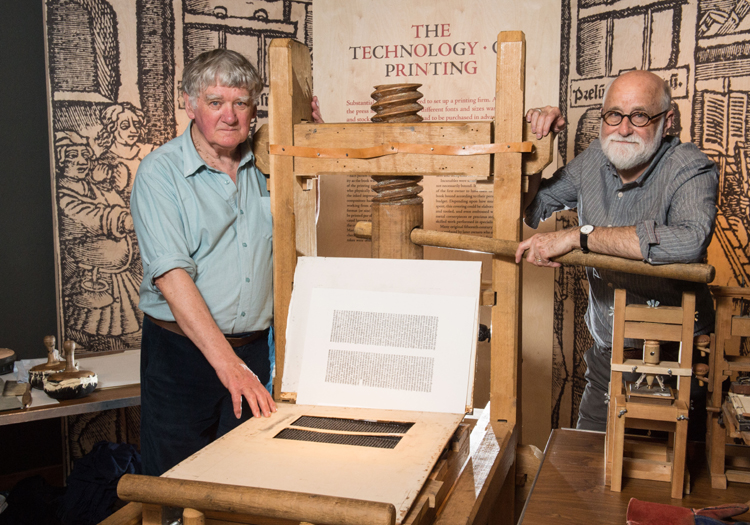
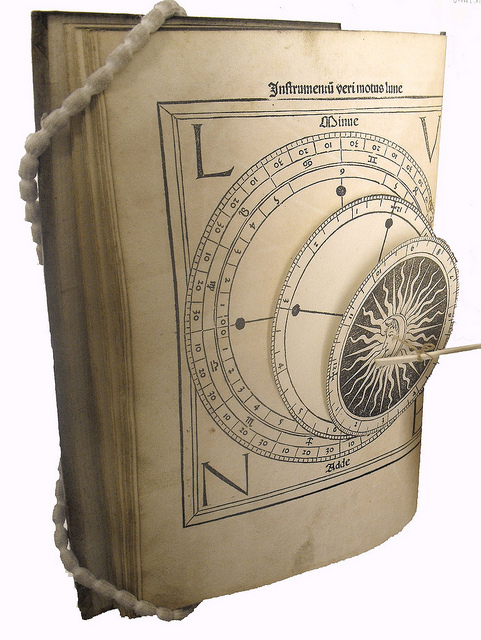
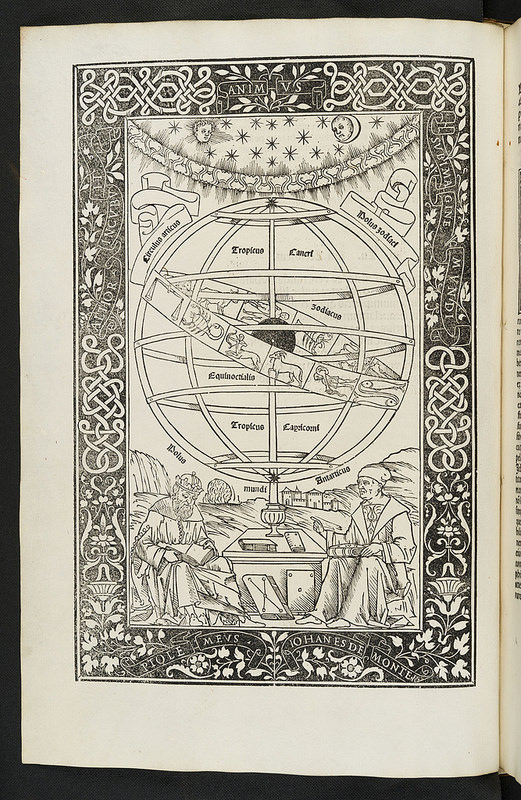
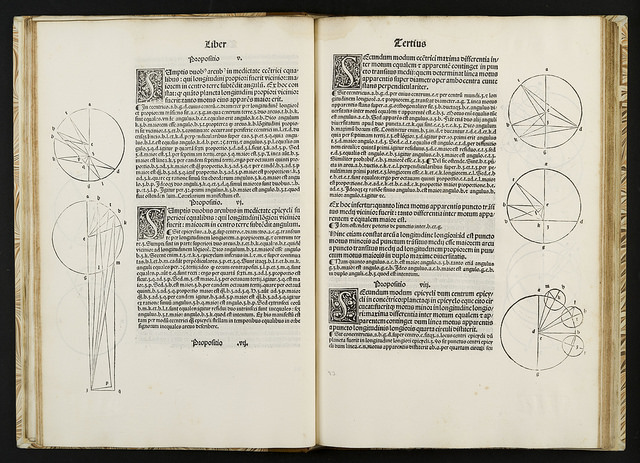
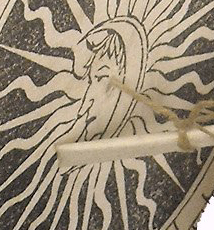
 Johnny Beattie: ‘The Clown Prince of Scotland’
Johnny Beattie: ‘The Clown Prince of Scotland’  The Arte of Faire Writing
The Arte of Faire Writing  Visualizing Collation in the Hunterian Manuscript Collection
Visualizing Collation in the Hunterian Manuscript Collection  Sugar Machines: How Archives in Glasgow hold pieces of Caribbean History
Sugar Machines: How Archives in Glasgow hold pieces of Caribbean History
Surely a rather more dainty nose than your average boxer?! Either way, I agree that it’s a delightful story and thanks to Katie O’Neil for adding it to the MUSE tour.